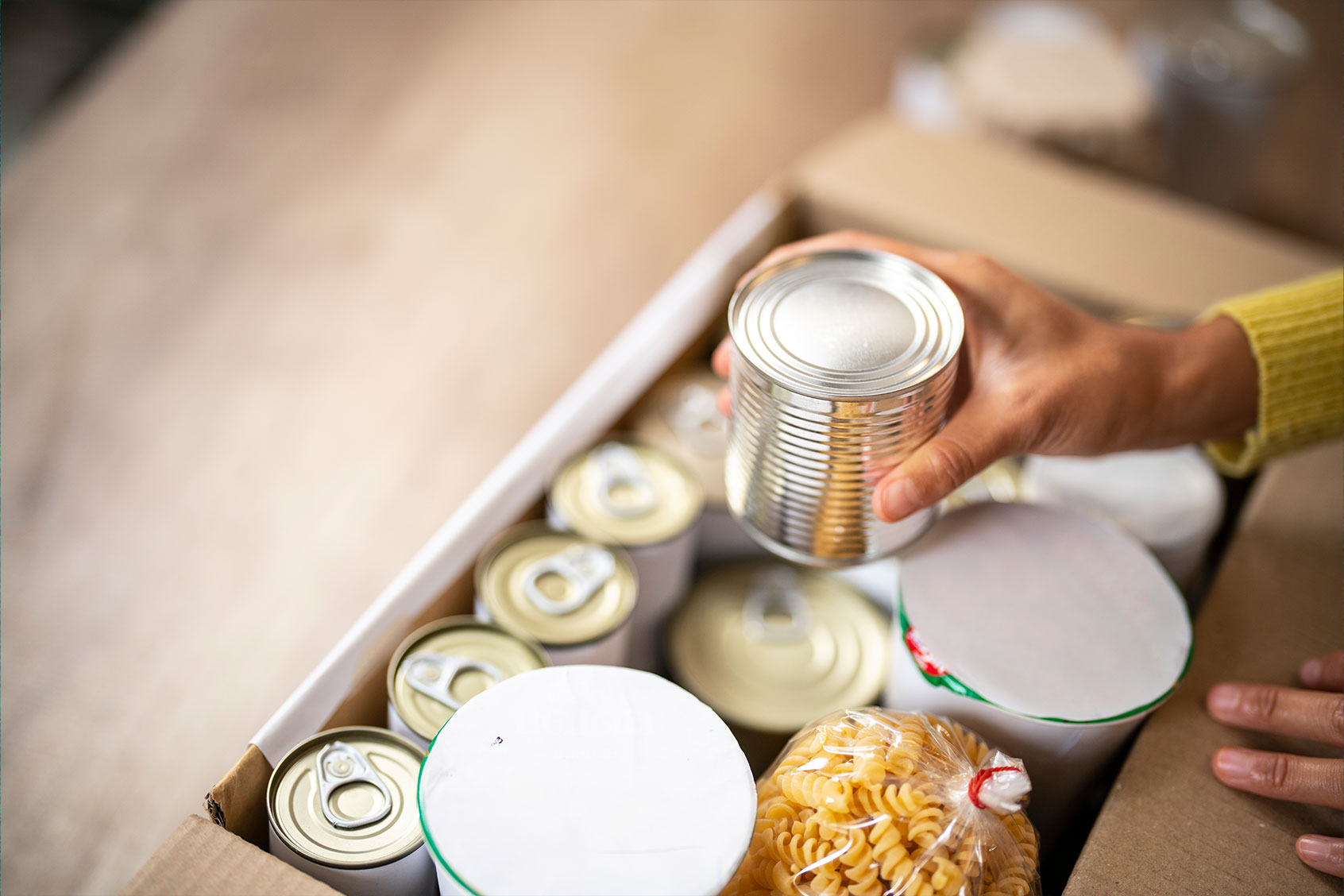Each year, on the second Saturday in May, letter carriers across America give back to their communities by collecting food donations for those in need. The annual act of service is part of the National Association of Letter Carriers’ (NALC) Stamp Out Hunger food drive — which is the largest one-day food drive in the nation to date.
Hoping to organize a collective effort, the NALC along with the United States Postal Service (USPS) and American Federation of Labor and Congress of Industrial Organizations (AFL-CIO) held its first pilot food drive in October 1991. The effort was a major success and encouraged the creation of a national food drive that officially debuted in 1993. The drive was organized for the second Saturday in May at the request of food banks and pantries. Because most food donations were received around the Thanksgiving and Christmas holidays, food shelves were often understocked come spring. Food banks and pantries were also high in demand amid late spring since many school breakfast and lunch programs were not available during the summer months.
The national food drive sought to have at least one NALC local branch participating in each of the 50 states. However, that goal was surpassed after more than 220 NALC postal branches collected over 11 million pounds of food. As of 2024, the food drive has delivered more than 1.82 billion pounds of food.
Letter carriers in more than 10,000 cities and towns across the nation will take part in this year’s national food drive, which will take place on May 11. Nearly 1,500 NALC branches in all 50 states, the District of Columbia, Puerto Rico, Guam and the Virgin Islands will also be involved. This year’s sponsors who will be supporting the drive include the USPS, National Rural Letter Carriers’ Association, AFL-CIO, United Way, CVS Health and Kellogg’s among many others.
Food insecurity remains a prevalent issue today and has only worsened following the onset of the pandemic. According to statistics from Feeding America — a nonprofit network of 200 food banks combating nationwide hunger — 100% of counties and congressional districts are home to people facing hunger. More than 44 million people in the US face hunger, including one in five children. One in three people facing hunger are unlikely to qualify for food assistance. And one in fourteen seniors (individuals ages 60 and older) and one in eleven adults (individuals ages 50 to 59) are food insecure.
Want more great food writing and recipes? Subscribe to Salon Food's newsletter, The Bite.
According to a 2023 report from the United States Department of Agriculture (USDA), food insecurity across households rose significantly in 2022 compared to the year prior. Nearly 13 percent of households — or 17 million households — struggled to acquire enough food in 2022 due to a lack of resources. That statistic was up from 13.5 million households, or 10.2%, in 2021. Additionally, close to nine percent of households with children were unable at times to provide adequate and nutritious food for their children in 2022, compared to 6.2% the year prior.
According to the NALC, its national food drive strives to “deliver hope for those in need.” Those who would like to donate should leave a non-perishable food item(s) in a bag near their mailbox on Saturday for their letter carrier to pick up. Participants can also donate through their local food bank using a search tool courtesy of the NALC.

